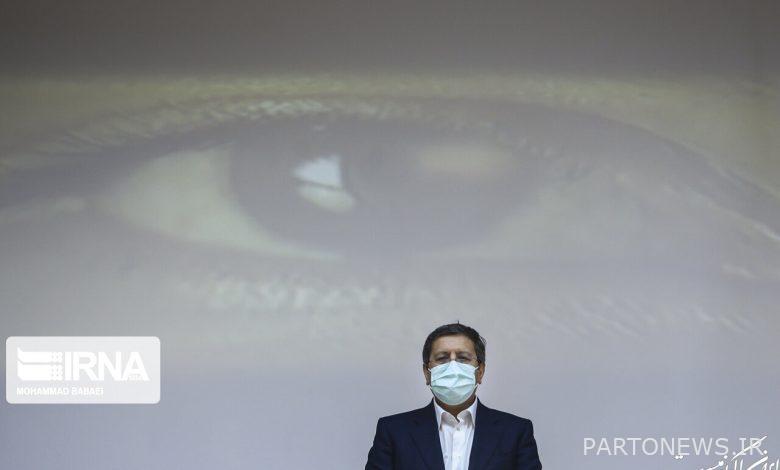500,000 billion toman rent of 4,200 foreign currency during Hemmat’s presidency over the Central Bank

According to the Iran Economist, providing foreign exchange for the import of goods at the rate of 4,200 Tomans per dollar is a policy that was approved by the Twelfth Government on April 10, 2016, and its purpose was to prevent the exchange rate from rising.
The Twelfth Government insisted on continuing the exchange rate policy of 4,200 Tomans, but the dollar rate in the open market was still increasing and reached over 8,000 Tomans at the end of July 1397. Instead of reforming its foreign exchange policy, the government changed the governor of the central bank in order to create a shock in the market and control the exchange rate, which was also unsuccessful. Thus, Abdul Nasser Hemmati became the governor of the Central Bank and remained in this position until June 1400. During his tenure as central banker, the dollar rose three to four times.
But while the twelfth government insisted on maintaining the policy of distributing import currency at the price of 4200 Tomans, the exchange rate in the free market increased day by day so that in 1397 the price of the dollar in the open market became 10780 Tomans on average, ie for each dollar. 4200 Tomans that the government gave to the importers, on average 6580 Tomans of profit went to the pockets of the people involved in the import chain until the distribution of imported goods in the currency of 4200 Tomans.
In 1398, the average price of the dollar in the open market reached 12918 Tomans, so that the rent of 4200 Tomans reached 8718 Tomans per dollar. In 1399, this rent reached 18687 Tomans for each dollar 4200 Tomans because the average price of the dollar in the open market increased to 228887 Tomans.
Estimates show that in the nearly three years of Hemmati’s presidency over the Central Bank, nearly 500,000 billion tomans of rent has been created due to the difference between the 4,200 Toman currency and the dollar rate in the open market, which has gone into the pockets of some importers, big businessmen and brokers.
But these are not all the consequences of the 4,200 Toman foreign exchange policy during Hemmati’s presidency over the Central Bank. At times in the previous government, the foreign exchange resources available to provide foreign exchange decreased by 4,200 tomans. During the Hemmati period, the Central Bank also printed money and used that money to buy foreign currency from the open market or the Nima system and gave it to importers of goods subject to 4,200 Tomans. Thus, with the sharp rise in the monetary base, liquidity and inflation also grew faster in society, and goods became more expensive again, to the detriment of the middle and low-income strata of society; In other words, the government adopted a policy to supply several items of goods needed by the people with a currency of 4,200 Tomans, which prevailed over inflation in all goods.
Ali Salehabadi, the governor of the Central Bank, revealed that the Rouhani government earned only $ 4 billion in oil revenues in 1399, but needed $ 10 billion in 4,200 tomans. For this reason, he bought 6 billion dollars of currency from the Nima system at a price close to the free rate and sold it to importers at a price of 4,200 tomans. In the amount of 6 billion dollars between the exchange rate of 4200 Tomans and Nima currency, the government printed money in 1399 and raised the monetary base, which increased liquidity and consequently inflation.
Estimates show that about 100 thousand billion tomans out of 106 thousand billion tomans of monetary base growth in 1399 was only due to the purchase of currency in the Nima system to provide 4200 tomans of currency, which with an increasing coefficient of about 7, has created 700 thousand billion tomans of new liquidity. All this tragedy happened during Hemmati’s presidency over the Central Bank. While the volume of liquidity at the end of 1399 reached about 3470 thousand billion tomans, 20% of it was only the share of money printing to provide 4,200 tomans in 1399, that is, about one-fifth of current inflation is the product of 4,200 tomans.
In other words, in recent years and the insistence of the previous government and the poor management of Hemmati in the Central Bank, the implementation of the policy of allocating 4,200 Tomans has led to an intensification of the budget deficit and increase the monetary base, which eventually led to rising inflation. In fact, while the purpose of allocating 4,200 Tomans was to prevent the high cost of basic goods, increasing the monetary base by printing money to buy foreign currency from the Nima system and providing 4200 currency, itself imposed more severe inflation on society, the consequences of which are still in the economy. continues.

